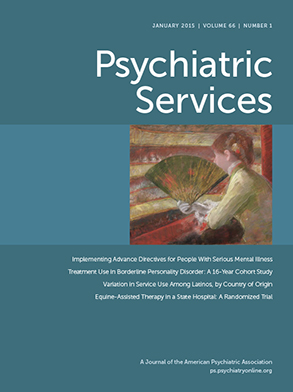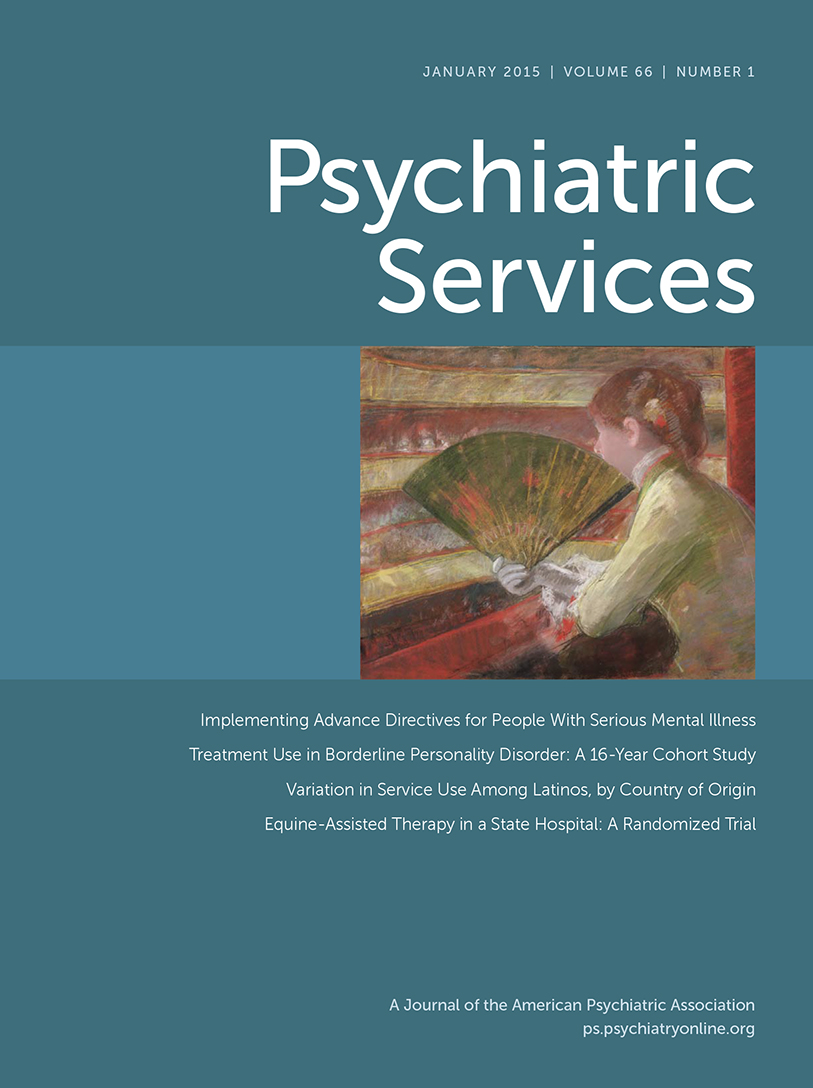In this issue, the latest in a series of articles by Zanarini and colleagues provides a 16-year longitudinal picture of 290 severely ill individuals with a DSM-III-R diagnosis of borderline personality disorder. Aside from a few other longitudinal studies, little is known in a systematic way regarding the long-term course of individuals with this disorder or its evolution over the life cycle. Here a conflicting picture of course and outcomes emerges, partly dependent on whether the focus is on health care utilization, symptoms, functioning, or inner peace. As the study by Zanarini and colleagues shows, the difficulties of these individuals tend to persist for a lifetime, affecting themselves, their families, peers, and communities and the clinicians they encounter at virtually every phase of their life cycle, even when they no longer meet diagnostic criteria in later adulthood.
The core cluster of diagnostic symptoms ought to bring some coherence to the life course. But, in fact, these are people first, not disorders. Although the sample is perhaps not representative, the study confirms that recovery work is long term, led by the individual’s preferences and needs. Like other longitudinal studies, the study by Zanarini and colleagues shows that there is no single pathway for individuals with borderline personality disorder as they age. Use of intensive and expensive treatment modalities (inpatient, residential, and day treatment) declined significantly in the first six to eight years after the initial diagnosis, as did utilization of a variety of outpatient therapies. However, during the subsequent eight years, study participants continued to frequently access a number of mental health treatments, particularly pharmacotherapy and individual psychotherapies. Symptoms declined over time, such that many in later adulthood no longer met DSM criteria for borderline personality disorder. But as this study and others have shown, sustained recovery remains elusive. Social and particularly vocational functioning remains impaired. In the study by Zanarini and colleagues, 9% of the original sample were dead (half by suicide) at the 16-year mark.
Missing from these studies is the voice of the person. As eloquently said by Kiera Van Gelder in her memoir, The Buddha and the Borderline, of her own evolution, “Am I recovered? I no longer struggle with the urge to hurt or kill myself, but other symptoms persist: my impulsivity, my sensitivity, my shifting moods, and my inherent fragility when I'm under stress or begin to feel connected to someone. I still have difficulty being alone, a deep need for security, and a gnawing dissatisfaction with what is.”
These individuals suffer from profound feelings of aloneness or annihilatory panic and worthlessness, having failed to achieve a solid sense of self. Because their emotional boundaries are fluid, the inevitable ups and downs of everyday life often crush them. In practice, it is rare for one clinician and one individual to have the opportunity to work together over the long haul. Therefore clinicians’ understanding is necessarily influenced by shorter-term perspectives. Clinicians see individuals who shift back and forth from terrified emotional states to sometimes confusing but intact functioning. They behave badly. And yes, these difficult patients stir the clinician’s own emotional pot. Often, there are repeated crises and a lack of negotiation and agreement between clinician and individual about the goals of treatment, rules of engagement, and maintenance of the therapeutic alliance and relationship.
Individuals with severe personality pathology are often given a diagnosis of borderline personality disorder. Whatever categorical label or theoretical constructs clinicians use to conceptualize what afflicts these individuals (including “I know one when I see one”), the goal needs to be clinical approaches and treatment plans that help them along their recovery pathways—no different from working with people with any chronic disorder. The individual’s narrative evolves over time. Nonetheless, underlying aspects of the disorder—and their consequences—remain. The paths of these individuals often intersect with the mental health system, but not consistently and often not with the same providers. In each therapeutic encounter, understanding and utilizing a longitudinal perspective grounds the work in the particulars of the person, privileging that over diagnostic status. At a minimum, this requires flexibility in resource management and modification of what clinicians may consider helpful in order to provide respect, caring, protection, and healing. It also requires attending to and reconciling what is evoked and must be managed on both sides of the relationship—no small challenge.

